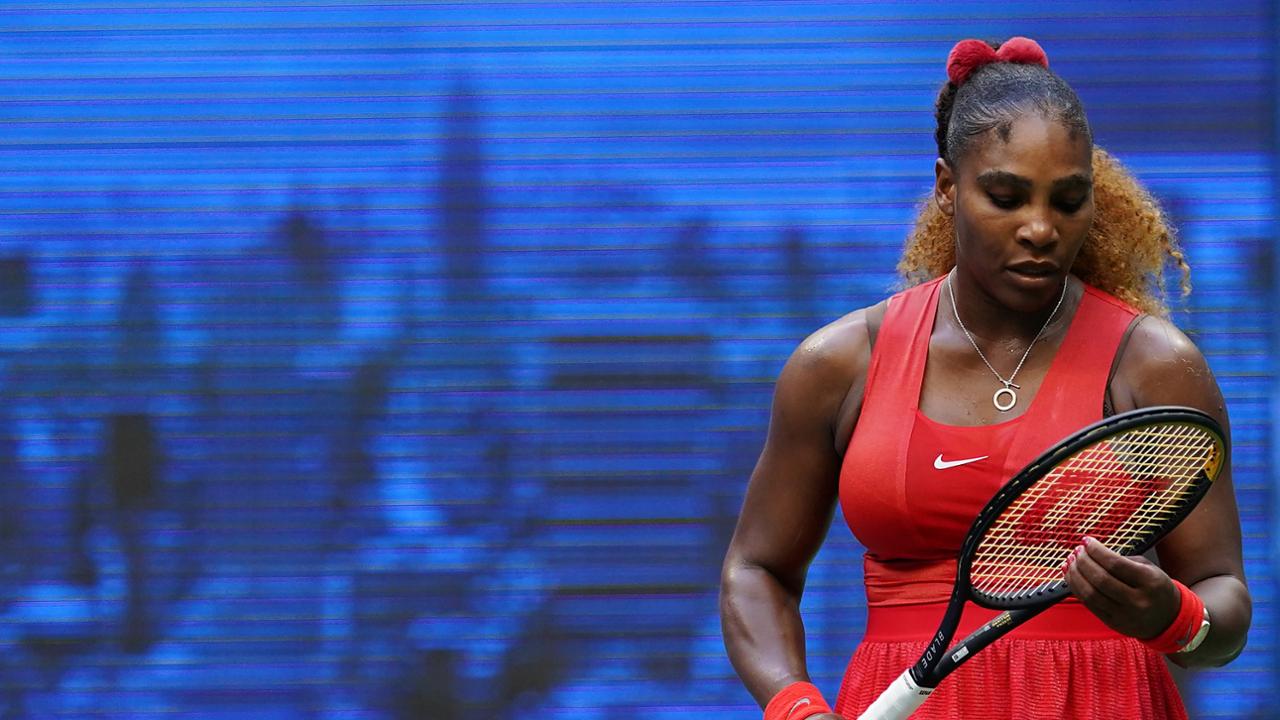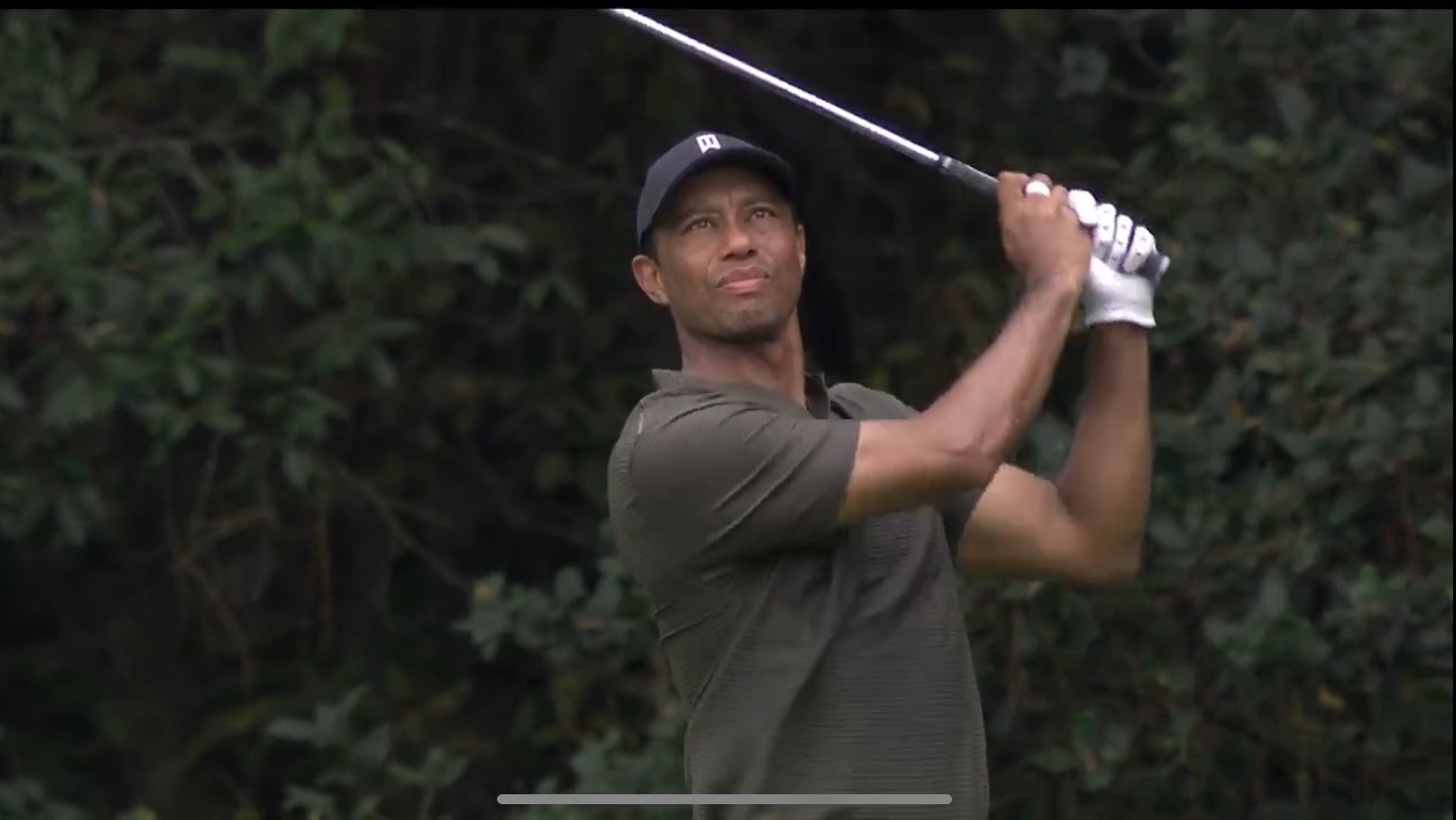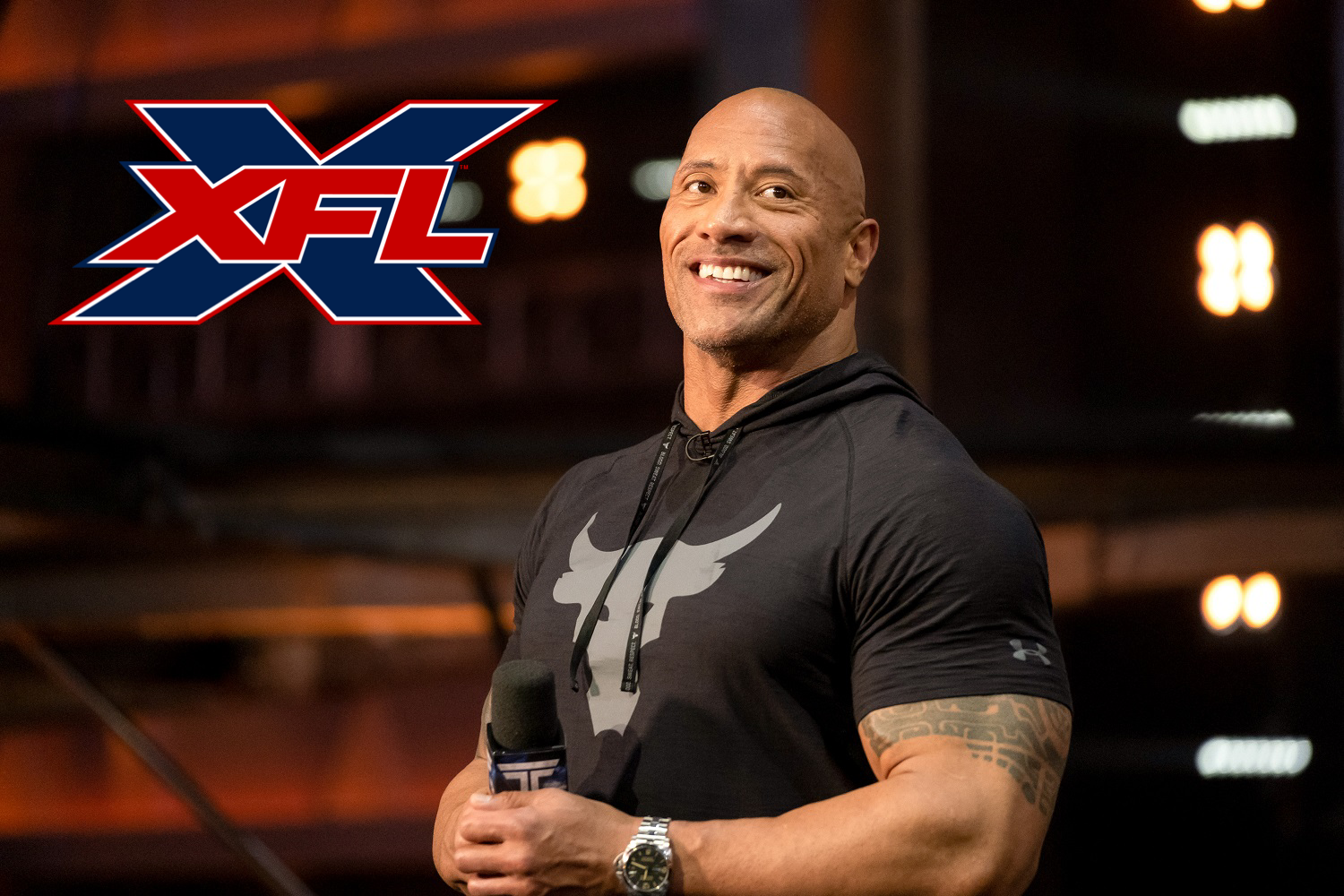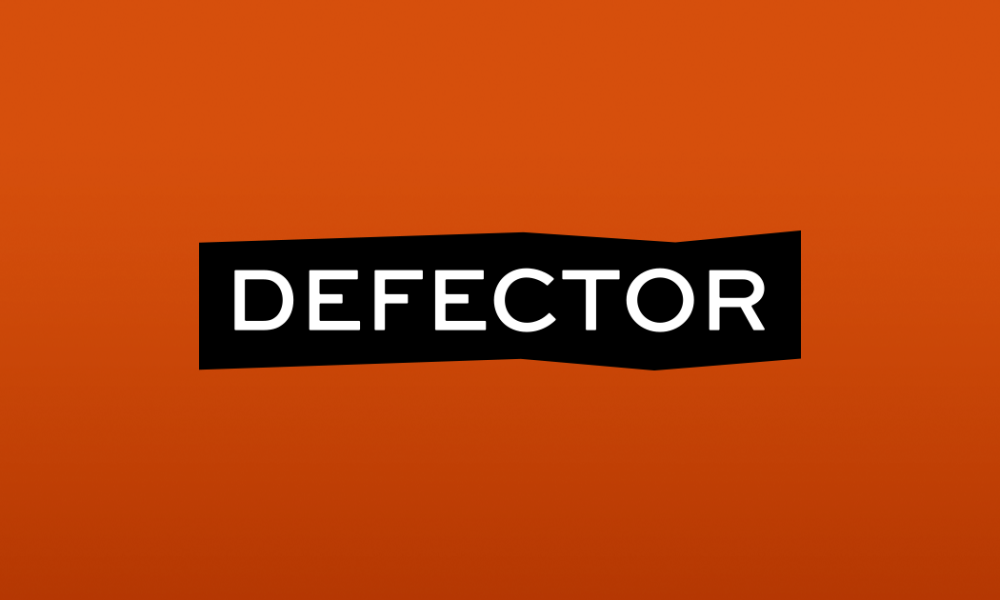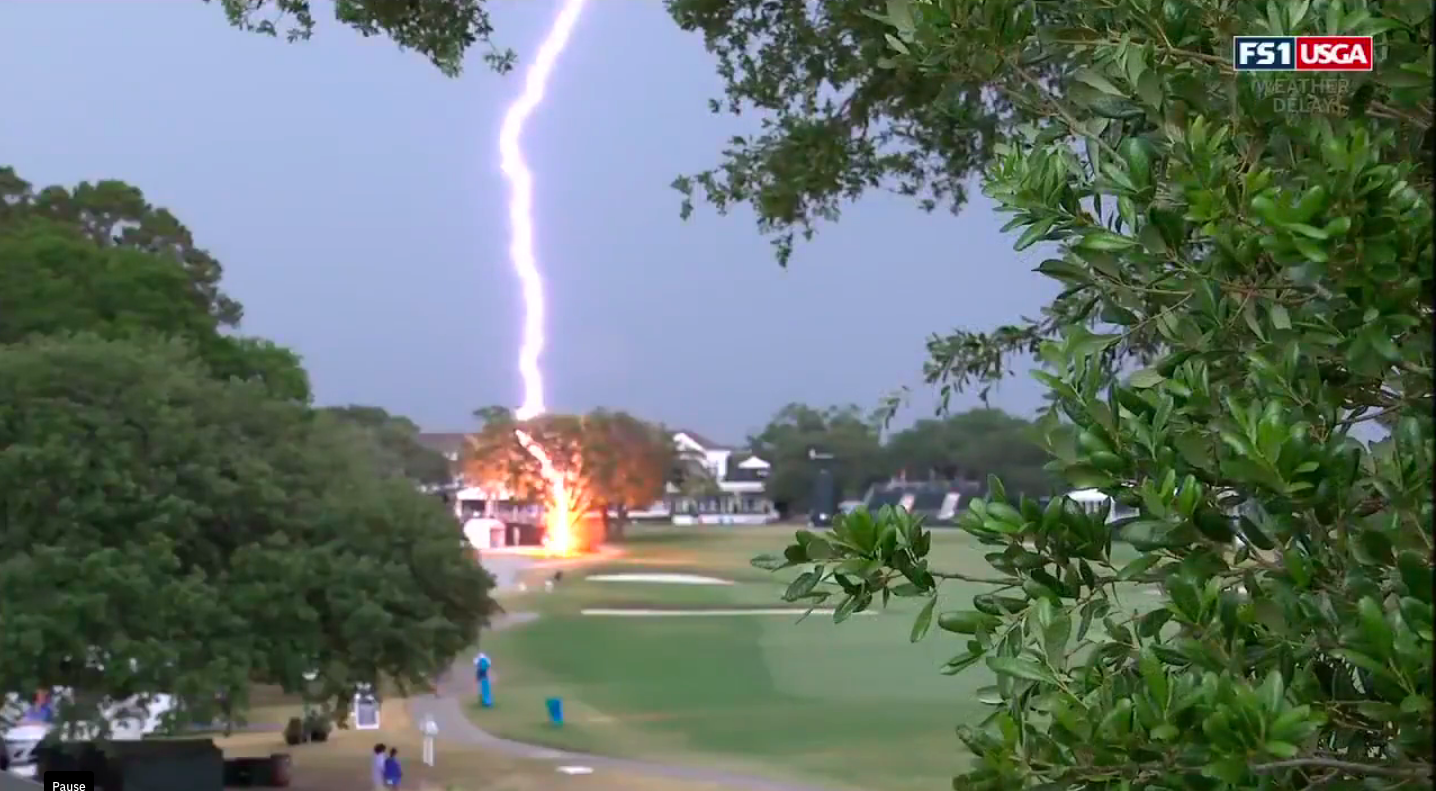Seven time Tour de France Champion Lance Armstrong is once again at the center of a doping investigation.
The U.S. Anti-Doping Agency (USADA) announced Wednesday that they have formally charged Armstrong during his 2009 and 2010 comeback seasons. Furthermore the USADA made public that blood samples taken from Armstrong during that period are “fully consistent with blood manipulation including EPO use and/or blood transfusions.”
A USADA letter obtained by the Washington Post indicates that “multiple riders with firsthand knowledge” will testify against Armstrong saying that he used EPO and other forms of doping between 1998-2005 and 2009-2011, and that he distributed and administered drugs to other cyclist between 1998 and 2005.
Throughout the course of his career, Armstrong had never tested positive for banned substances except for a questionable incident according to SI.com that took place in 1999 during the Tour de France.
Apparently the test “didn’t count”.
In 1999, while Armstrong was on his way to his first Tour victory after beating cancer, a French newspaper received a tip that Armstrong had tested positive for a corticosteroid and had no therapeutic use exemption (TUE) on his medical form. Armstrong, who was riding for the Postal team, had just said in a press conference that he did not have any prescriptions for banned products. When the team discovered that the newspaper had received the tip, panic hit Armstrong and his inner-circle, according to Emma O’Reilly, a soigneur from Ireland who worked with the team and specifically with Armstrong. She was in the hotel room after the 15th Tour stage when, she says, Armstrong and team officials devised a plan.
“They agreed to backdate a medical prescription,” O’Reilly tells SI. “They’d gotten a heads up that [Armstrong’s] steroid count was high and decided they would actually do a backdated prescription and pretend it was something for saddle sores.”
Since this several of Armstrong’s former teammates, including Floyd Landis and Tyler Hamilton have come out saying that Armstrong did in fact used EPO’s and other forms of doping.
Armstrong recently released a statement on his website regarding the new investigation.
I have been notified that USADA, an organization largely funded by taxpayer dollars but governed only by self-written rules, intends to again dredge up discredited allegations dating back more than 16 years to prevent me from competing as a triathlete and try and strip me of the seven Tour de France victories I earned. These are the very same charges and the same witnesses that the Justice Department chose not to pursue after a two-year investigation. These charges are baseless, motivated by spite and advanced through testimony bought and paid for by promises of anonymity and immunity. Although USADA alleges a wide-ranging conspiracy extended over more than 16 years, I am the only athlete it has chosen to charge. USADA’s malice, its methods, its star-chamber practices, and its decision to punish first and adjudicate later all are at odds with our ideals of fairness and fair play.
I have never doped, and, unlike many of my accusers, I have competed as an endurance athlete for 25 years with no spike in performance, passed more than 500 drug tests and never failed one. That USADA ignores this fundamental distinction and charges me instead of the admitted dopers says far more about USADA, its lack of fairness and this vendetta than it does about my guilt or innocence.
Recently the U.S. Attorney Office dropped a two-year investigation into doping allegations surrounding Armstrong.
It’s looking more and more that Armstrong is as innocent as Roger Clemens and Barry Bonds.
Ref: Washington Post, The Big Lead


